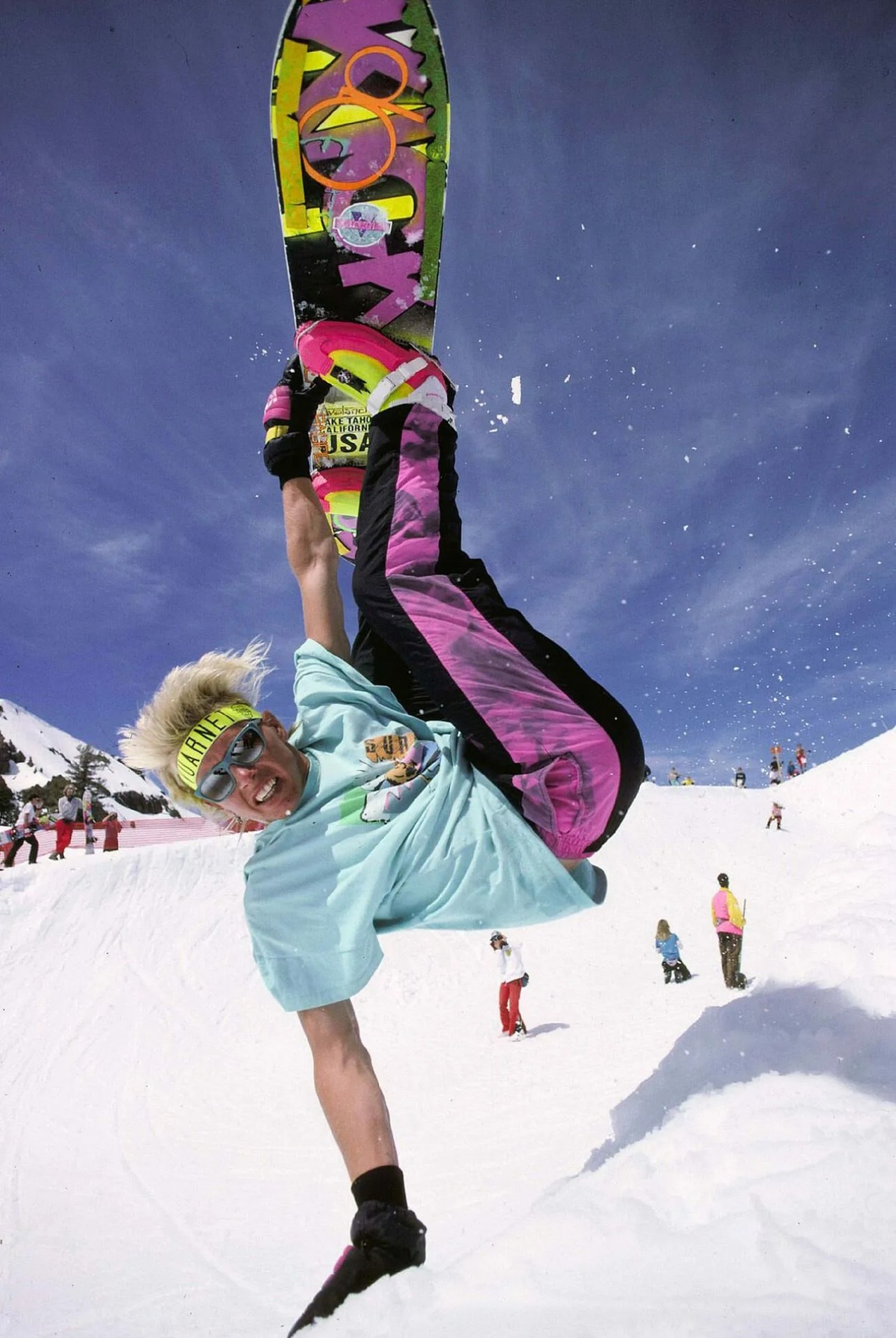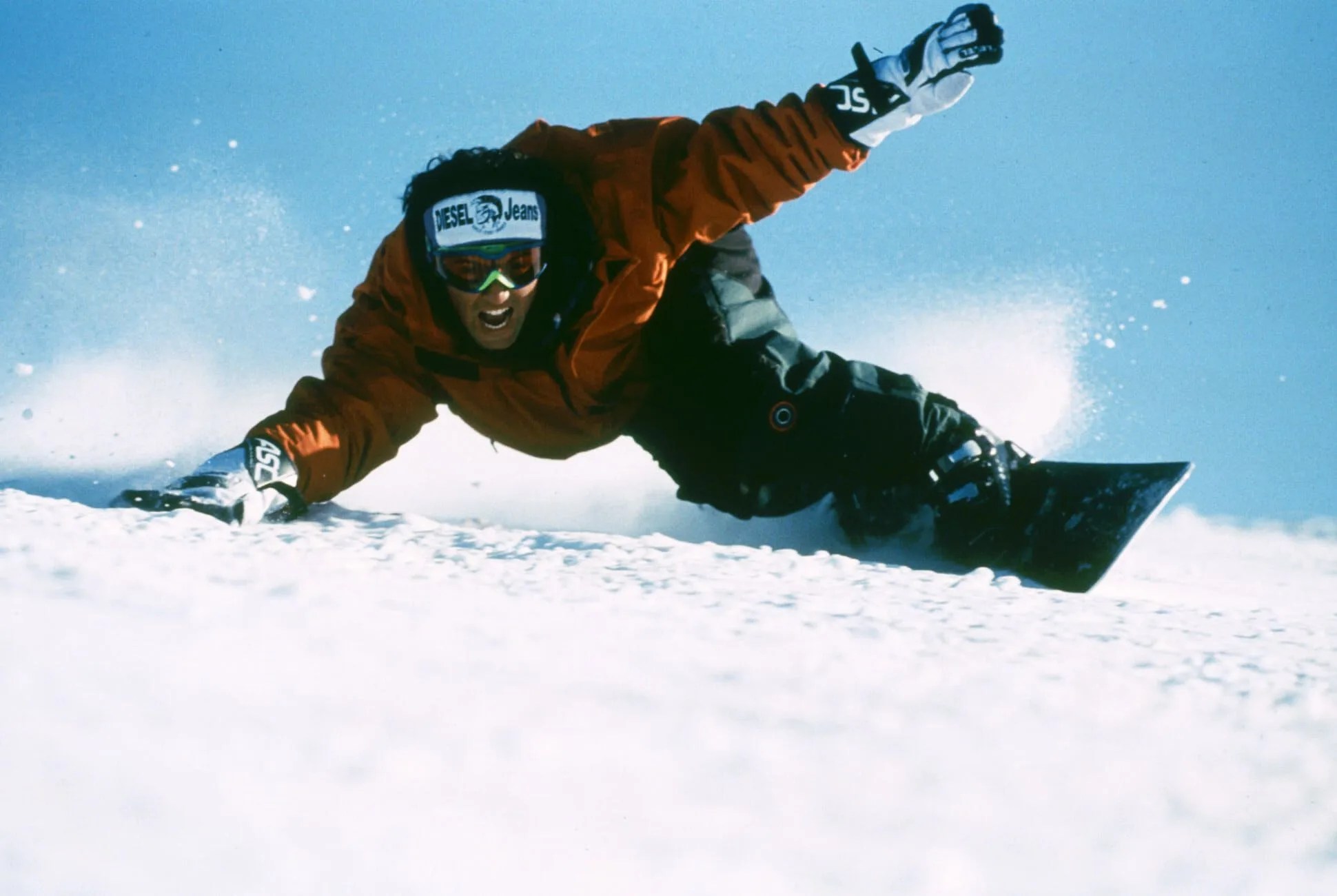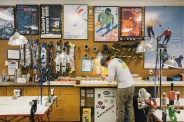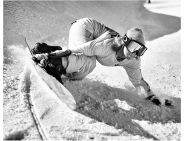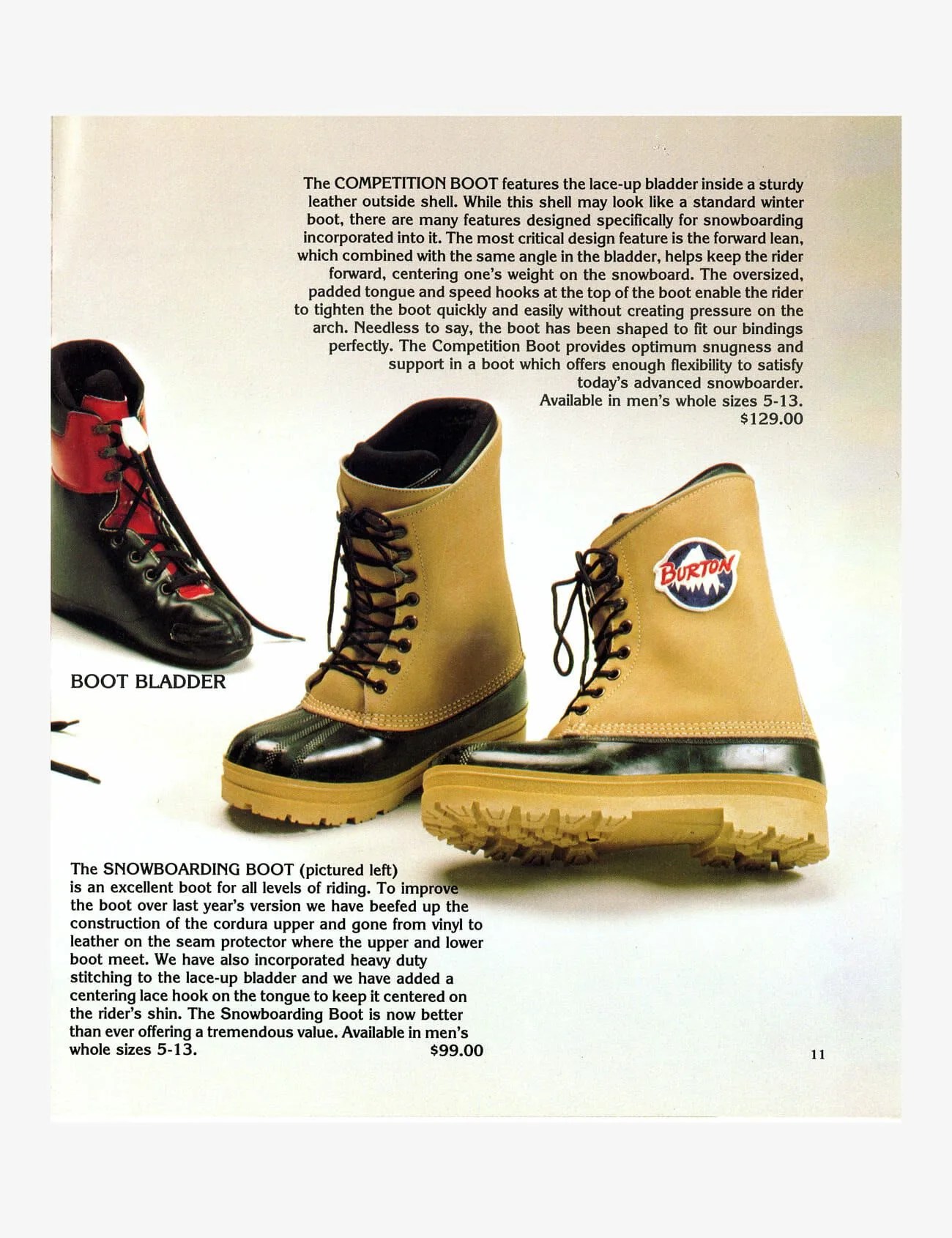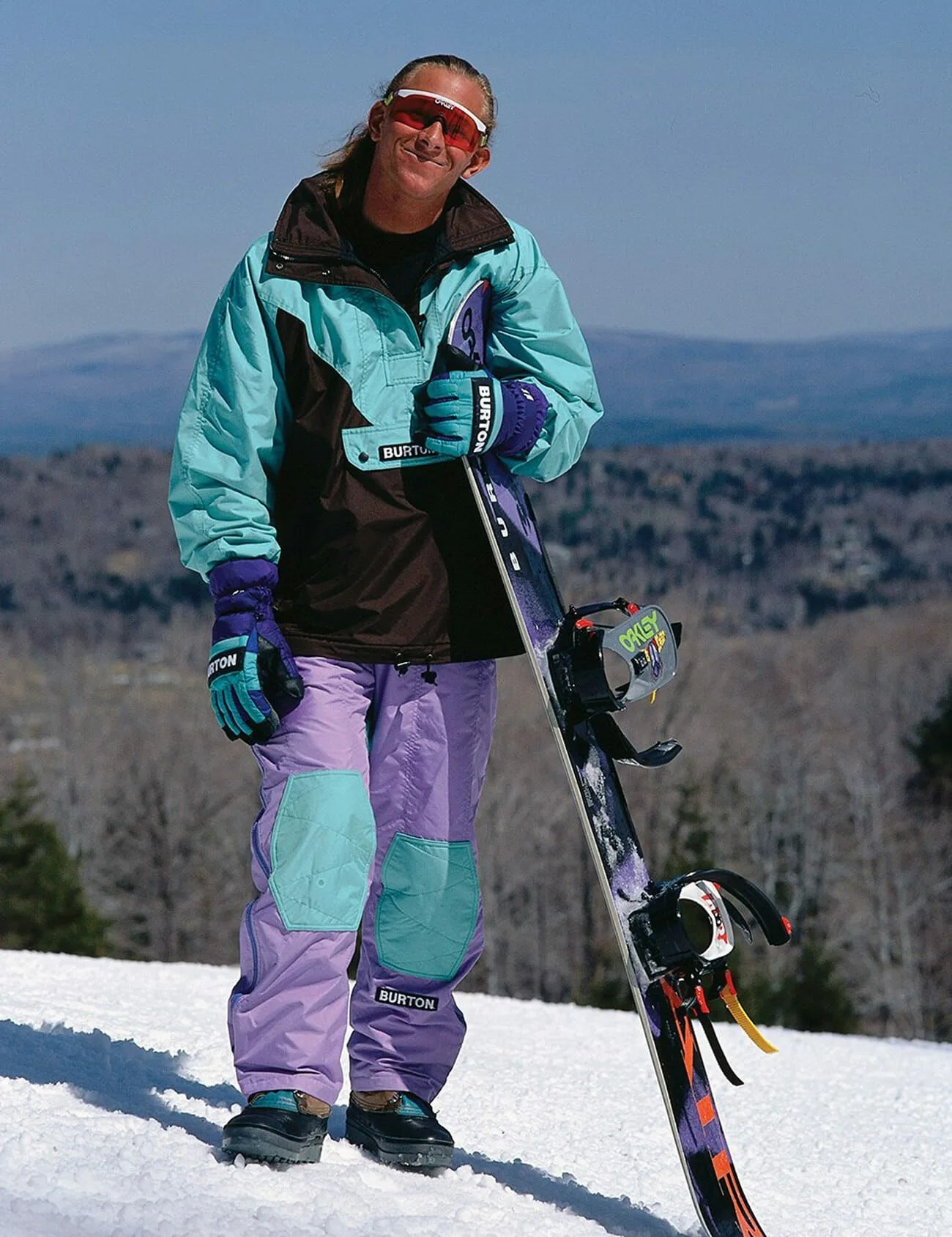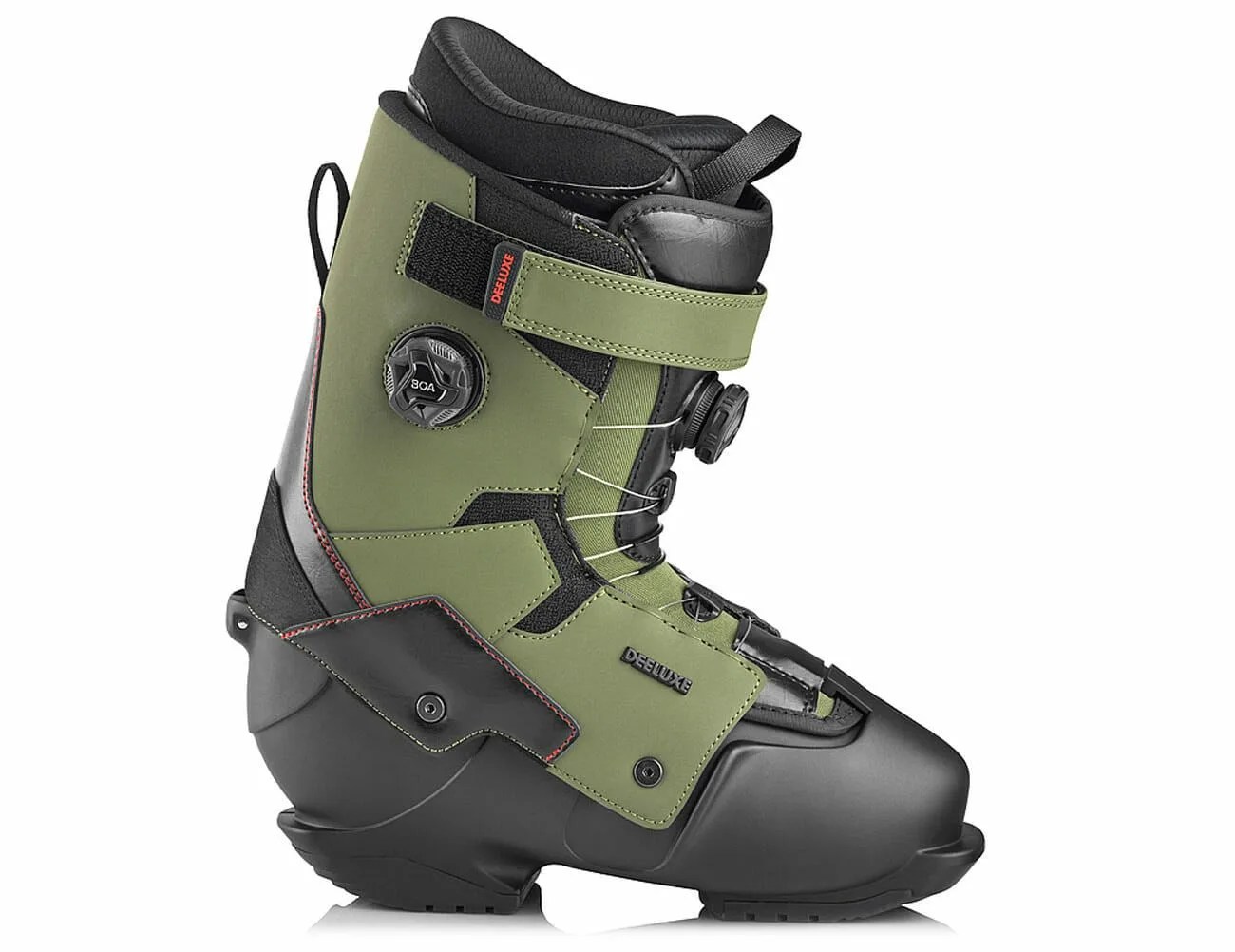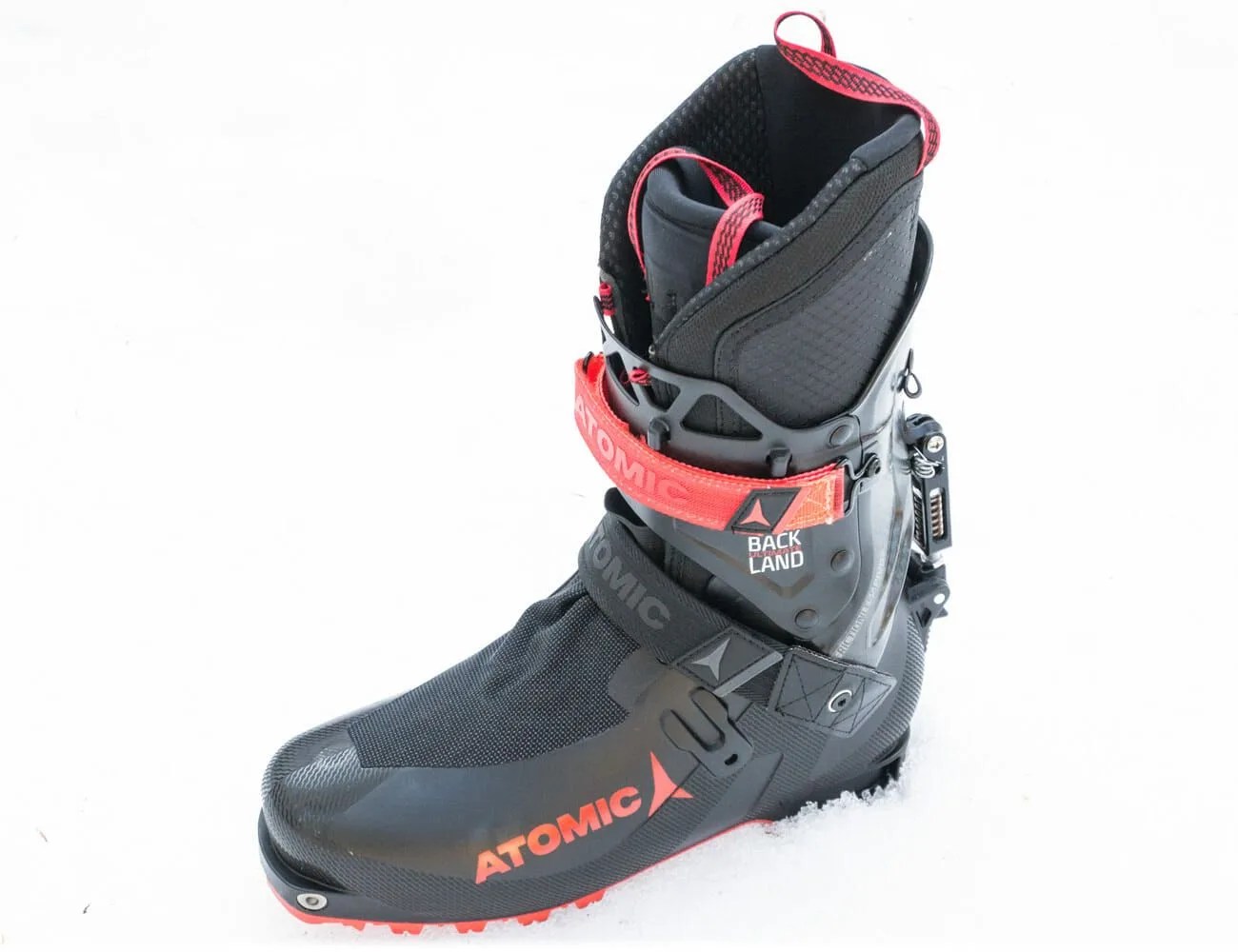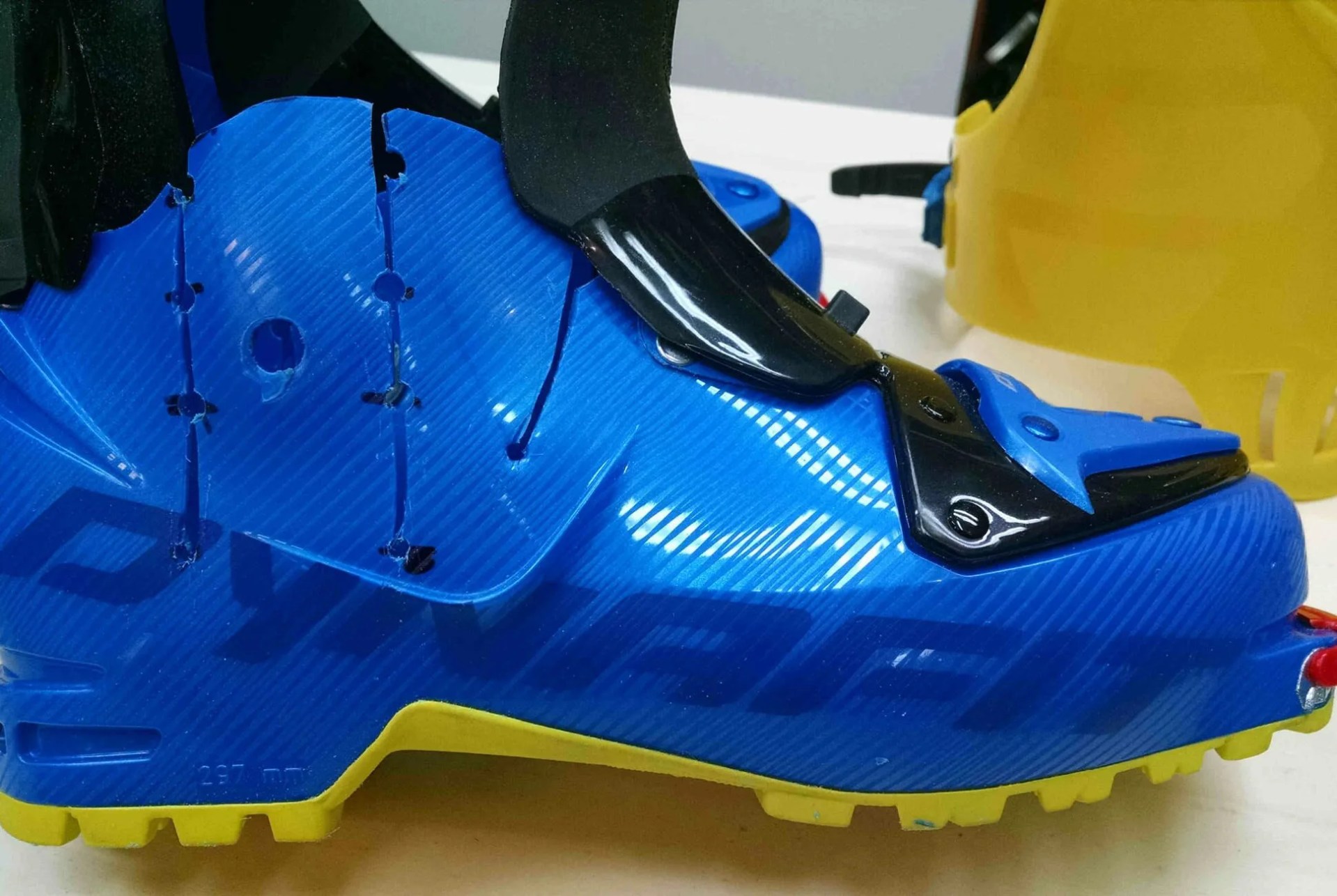In the mid-’90s, John Martin had a single quote written on a notecard tacked to a small cork board hanging above his desk along with a few autographs and thank-you notes from pro snowboarders. It was his inspiration board. The senior product development engineer for K2 Snowboards wanted to preserve the words of snowboarding pioneer and big mountain legend Jim Zellers, who once told him, “When my kids grow up, they will not be riding soft boots.”
At the time, Martin was developing K2 Clickers, the strapless snowboard binding system that allowed riders to step onto a metal baseplate that interfaced with their boots, without them having to sit or bend over to crank down flimsy ratchet straps going across their toes and ankles. The idea was to make transitions from chairlift to riding faster and less cumbersome while building the support into the boot itself, rather than relying on the external plastic “highbacks” of traditional bindings.
Burton, Switch and a few other companies were leaning toward similar products that provided better performance and ease of use. For the previous 15 or so years since the dawn of snowboarding, riders had mostly gotten by wearing Sorels or other duck boots beefed up with ski boot liners and other homemade hacks, like pieces of wiffle ball bats or heated-up plastic buckets, for added stability.
As the sport evolved, some snowboarders, including Jim Zellers, modified Koflach mountaineering boots while others embraced hard plastic ski boots on metal plate bindings. The ski boots were popular amongst alpine racers on stiff carving boards with lots of sidecut along with freestyle pros like Damian Sanders.
“Damian has always been an innovator and a tinkerer,” says his brother Chris, former owner of Avalanche snowboards. “He took his new seven-hundred-dollar ski boots into the garage and cut away everything that got in the way of his freestyle riding. Could he have just used a soft boot and highback binding? Not with that board, apparently… We all followed his lead and cut up our boots in different ways. The toe-heel precision of the ‘hardboot/plate binding’ combination transferred energy to the edge in ways other systems weren’t able to do. Watching the team test the gear started to make me feel we weren’t so far from the performance of skiing.”
